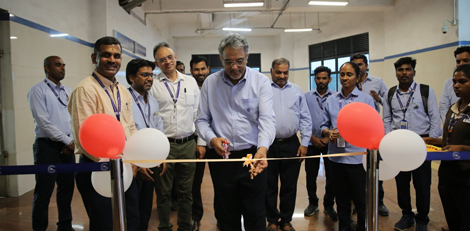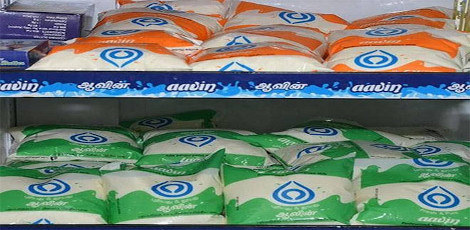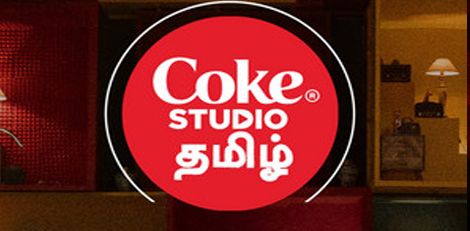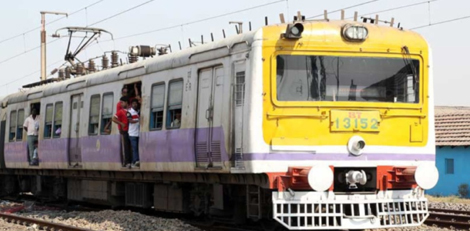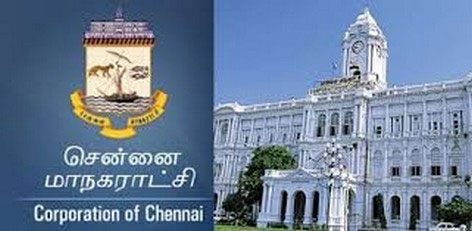Swiping devices: Necessary changes
Posted on: 26/Dec/2016 3:38:37 PM
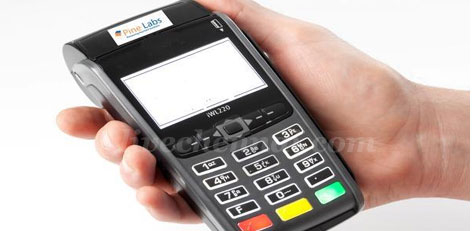
Swiping devices are the most largely used equipment for electronic money transactions and most of the public and traders are well-acquainted with them.The swiping facility is available even in POS (Point-Of-Sales) devices also.
With the prevalent acute shortage of cash over the last few weeks, many traders are quickly switching over to the usage of swiping and POS devices.
Devices available
Banks provide their trading clients with swiping devices facility. The traders who are interested in procuring should apply to the banks for the same. The swiping device will be allotted after completing the KYC formalities. Banks have appointed special agents for this activity.
The swiping devices will be delivered to the traders from the bank through these agencies. For the banking account details, assistance will be available from the bank customer service centre.
Apart from the swiping devices provided by the banks, there are other companies who provide this � MSWIPE, IBM, Payyoumoney, and TVS Electronics - for the POS service.
These swiping devices operate through the internet data connection and GPRS connection.
Price aspect
These devices can be selected on the basis of the price, and the network facility offered. In all these devices, the money paid by the buyer/customer will be credited to the bank account by the next day.
The price of the POS devices with printing facility is around Rs. 30000/-. For the devices without printing facility, with only transactions done through SMS, the price will be Rs. 2000/-.
If the swiping devices offered by the banks are used, the monthly rental charges will be between Rs. 300/- and Rs. 600/-. The rental charges vary from bank to bank.
Transaction charges
When a credit or debit cards are swiped for the electronic exchange of payment, 1 percent to 2.5 percent service charges are levied. After the demonisation, the central government has provided the exemption for these charges for swiping.
Meanwhile, the production or manufacturing Taxes for the POS (Point Of Sales) devices � have been reduced by 12.5 percent. The government has informed that it expects the prices of these devices will come down.
Further, the central government has recently ordered a waiver of BIS Quality stamp charges for the POS devices imported from abroad.
The loss aspects
Before the demonetization, the value or the worth of the money for both the traders and the public was the same. For example, the value of Rs. 500 remained with the same value even after 10 transactions. However, presently, for transactions through swiping devices, they have to pay a minimum of 2 percent tax (Rs. 10) for a transaction of Rs. 500/-. Even if the transaction is through the bank savings account, this loss applies.
In the prevailing situation, with the government concession, the customers have to bear the service charges and the transaction charges. When trading activities pick up further, the central government will initiate the reduction of these taxes and charges.
In the current situation, all of us are compelled to change over to digital financial transactions by the New Year 2017.


